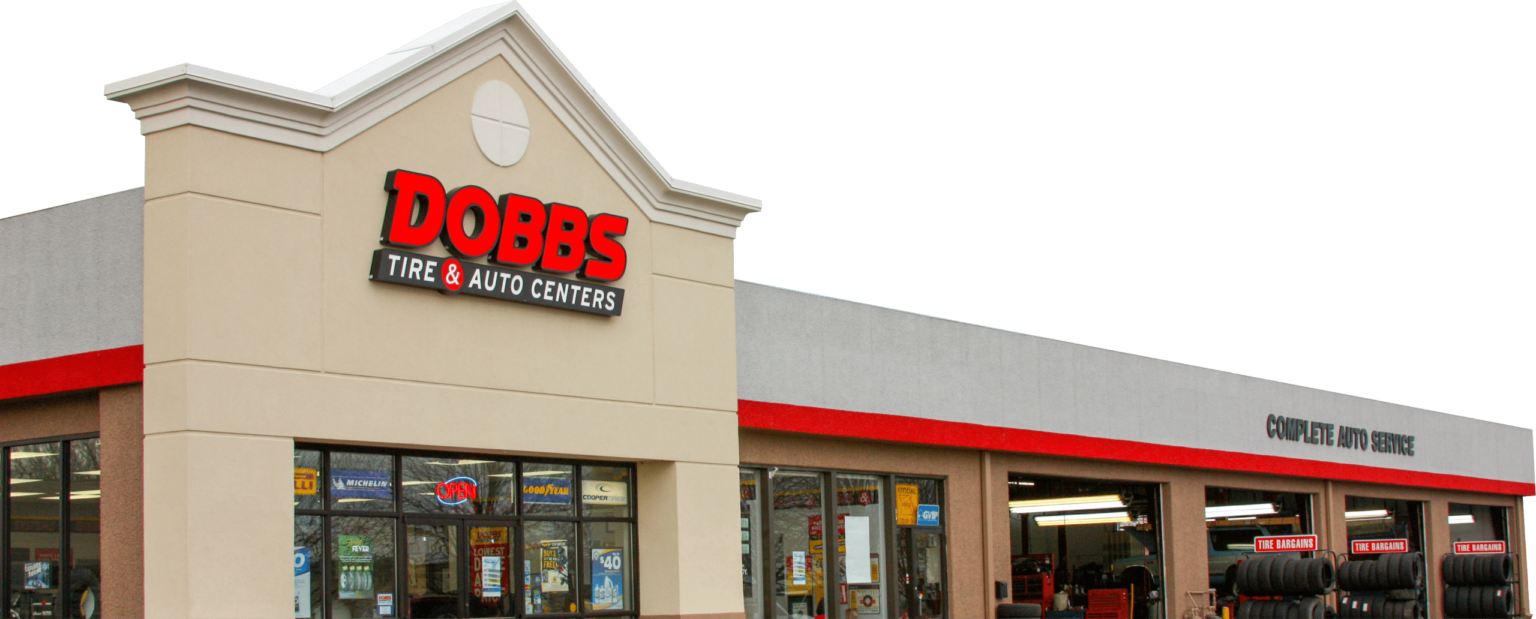What is a Serpentine Belt?
In all vehicles, the engine is constructed a few hundred moving parts, such as the crankshaft, pistons, camshafts, and valves. Internally, their movement is governed by timing gears, timing belts, or timing chains. In addition to the engine, most vehicles also include accessories that are driven by the engine, such as air conditioning, the alternator, or power steering. These are driven by the engine, via one or more drive belts.
Whereas older engines used multiple belts, sometimes one or two per accessory, many newer engines have moved over to a single multi-vee drive belt. Because of the way that the belt is routed, turning back and forth around many pulleys, it is commonly referred to as a “serpentine belt.”
Why is the Serpentine Belt Important?
The serpentine belt drives all the accessories needed for the engine to function and for your ride to be comfortable. The alternator keeps the electrical system at a constant voltage, both for engine function and for comfort and convenience items, such as the radio and power windows. The air conditioner compressor is needed to run the HVAC system, for keeping cool in summer and defogging windows in storms and in Winter. The power steering pump greatly decreases steering effort at low speed, such as during parking maneuvers. On some vehicles, other equipment may be run by the serpentine belt, such as a hydraulic pump or secondary alternator.
If the serpentine belt is slipping, one or more of these auxiliary systems will function poorly or not at all. If the belt breaks, none of these will work. While air conditioning may or may not be critical, the alternator surely is, and the same might be said for the power steering pump. A slipping drive belt might let the battery drain, leaving you stranded, or might make steering difficult or impossible.
What can Dobbs Tire & Auto Centers Do for You?
Depending on the vehicle, the serpentine belt should be inspected for wear and tension at least every 15,000 miles, and might need to be replaced every 30,000 or 60,000 miles. If you are hearing abnormal noises, such as squealing or squeaking, this could be related to a slipping serpentine belt. Warning lights may also be a good indicator of a slipping serpentine belt.
The trained technicians at Dobbs Tire & Auto Centers can inspect your serpentine belt for proper tension and acceptable wear. If necessary, an adjustment or replacement may be recommended, to keep your engine and auxiliary systems working properly.
“You Can Depend on Dobbs” – Dobbs Tire & Auto Centers, Home of the Fixed Forever Service Warranty.
